I am designing a water sensor using a 2N2222A BJT in Darlington (we are only limited to BJT,) two 5mm LEDs (20mA,) and buzzer. The probe simulates the touching of the water hence the resistance.
My problem is that as the resistance in the probe increases from 5M Ohms and higher, the current goes through the green LED when it should be in the red LED. I changed the resistance of the probe from 5M ohms to 50M Ohms since the water is at 20M ohms.
For anyone who wants to play with my circuit.
